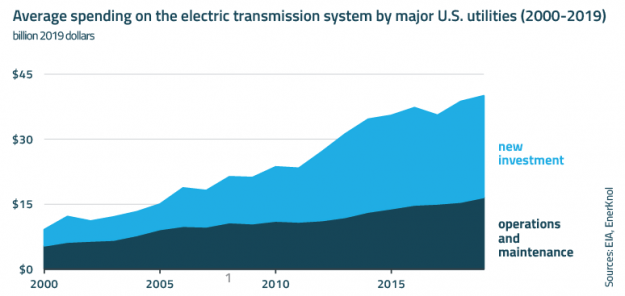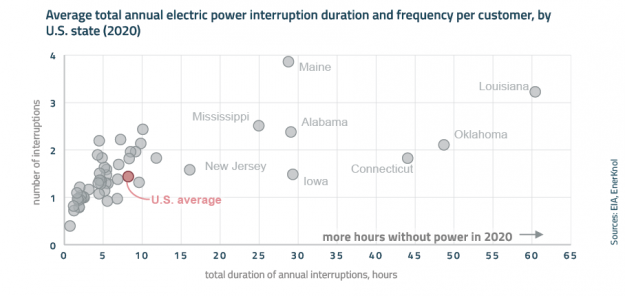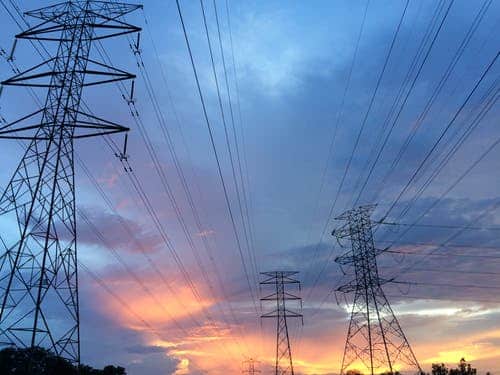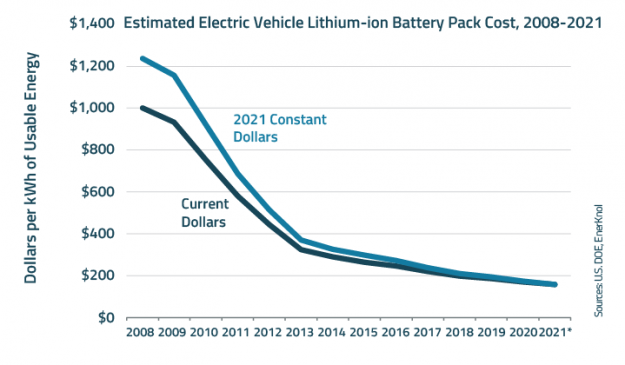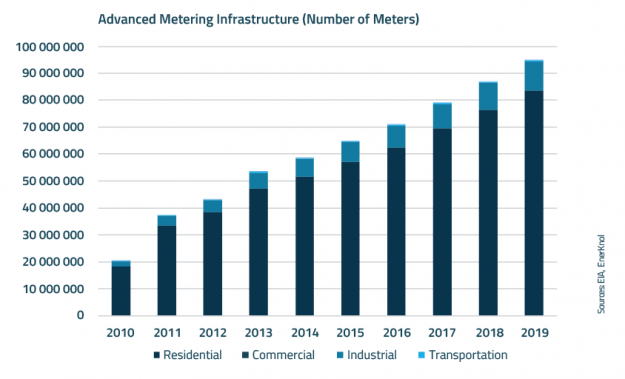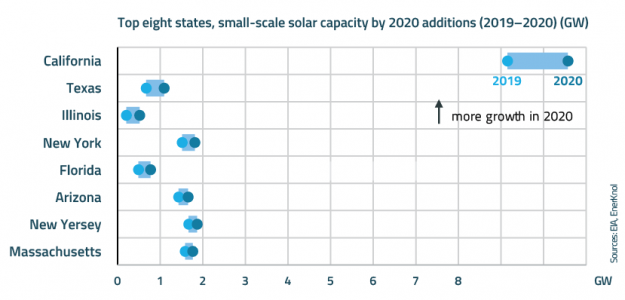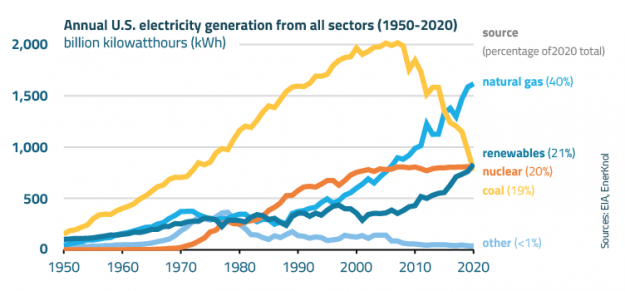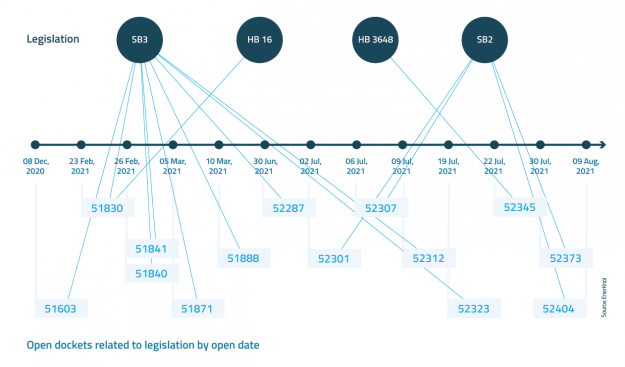Visual Primer: Renewables and Reliability Needs Lead to Multi-Billion-Dollar Transmission Investments
Regulators across the U.S. are accelerating electric transmission projects worth tens of billions of dollars to bring renewable power to consumers and make the grid more resilient against extreme weather events. Infrastructure updates have also garnered bipartisan support on the federal level, with more than $65 billion allocated for clean energy transmission and grid development in the Infrastructure Investment and Jobs Act enacted by the Congress last month.
